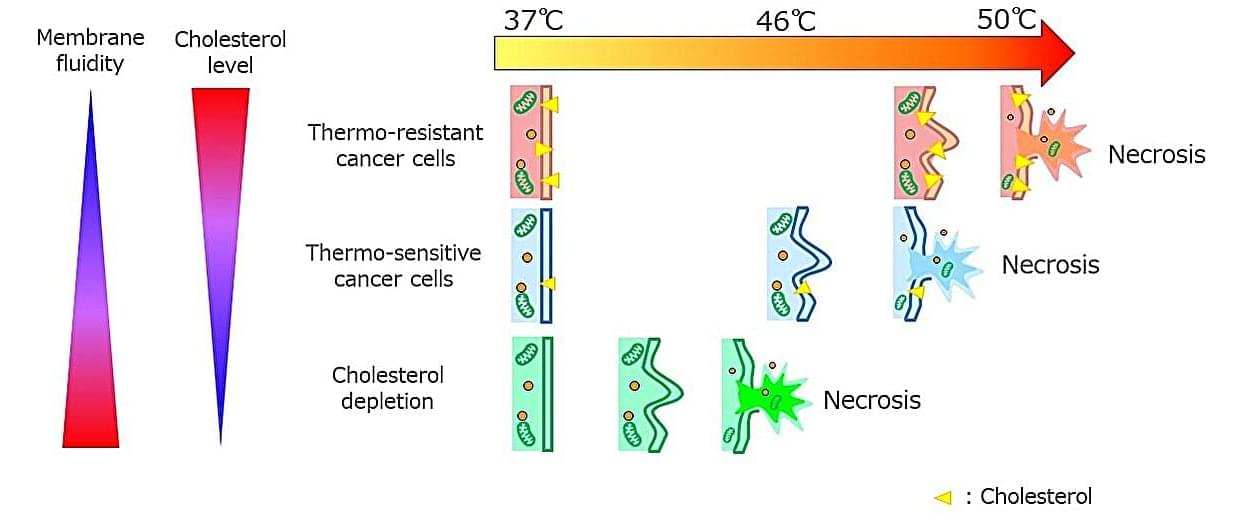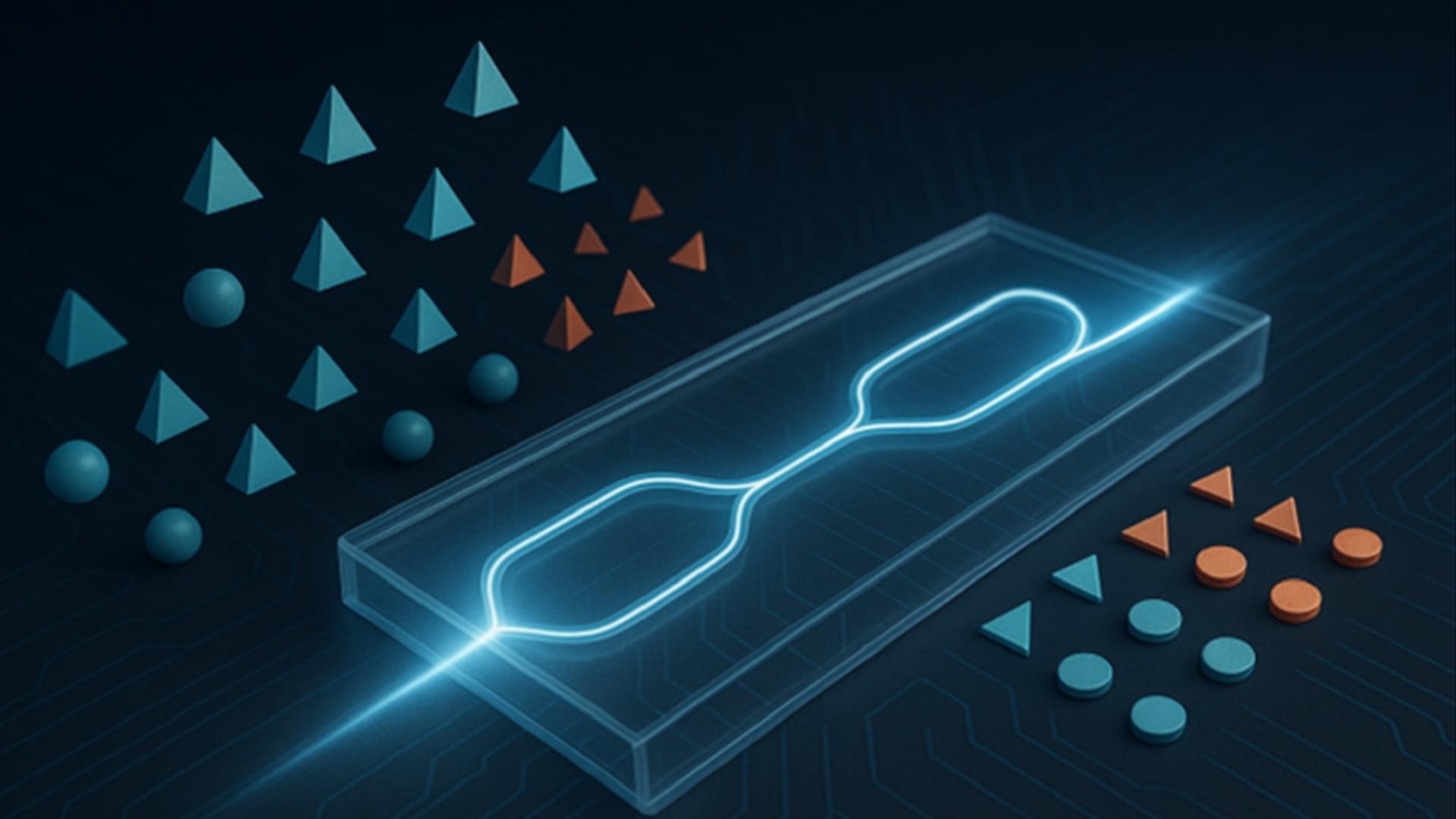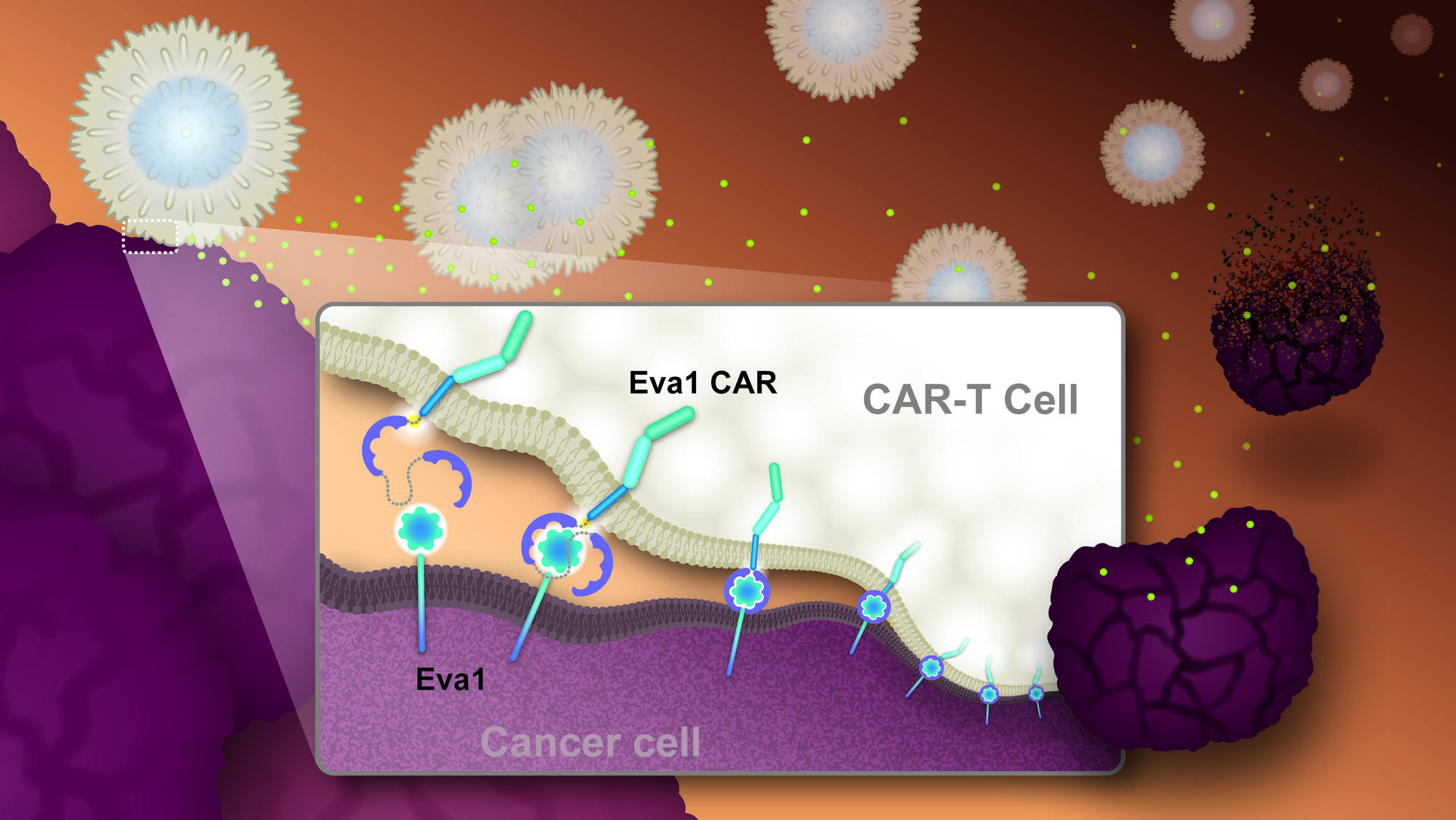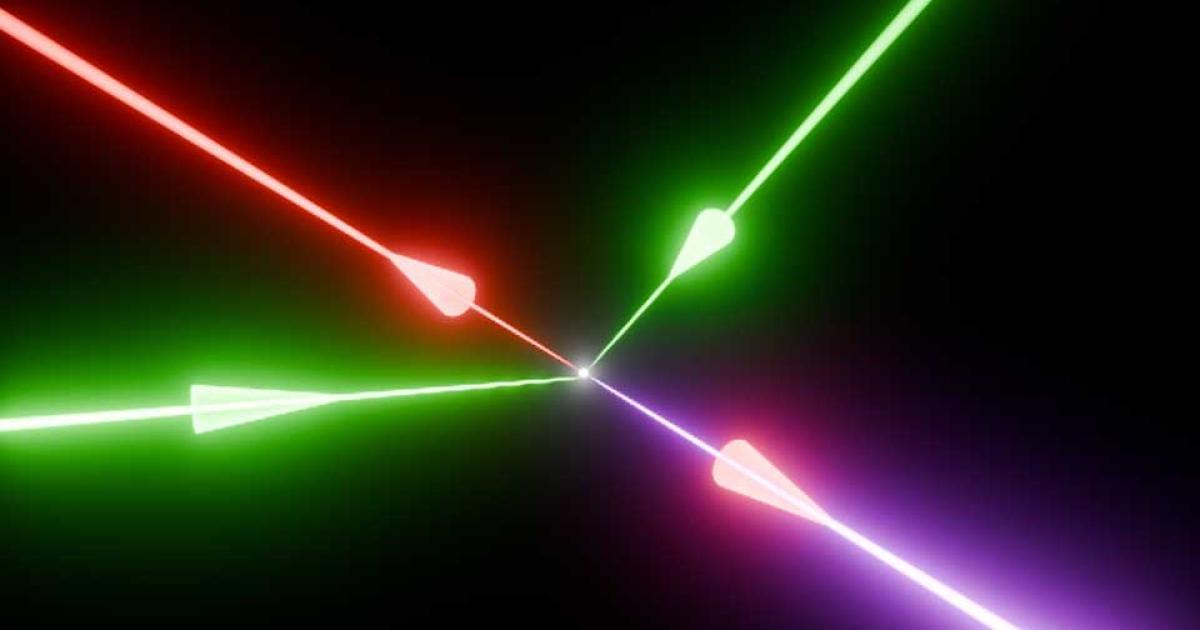Get the latest international news and world events from around the world.

Cancer cells use cholesterol armor to survive heat shock treatment, study discovers
Since the time of the ancient Greek physician Hippocrates, cancer has been recognized as being sensitive to heat. Today, this principle forms the basis of hyperthermia treatment—a promising cancer therapy that uses controlled heat to kill tumor cells while sparing healthy ones.
Unlike chemotherapy or radiation, hyperthermia works by heating cancerous tissue to temperatures around 50°C, causing cancer cell death while simultaneously activating the body’s immune system against the tumor. This approach holds particular promise when combined with immunotherapy, as heat-killed cancer cells can trigger a stronger anti-tumor immune response.
However, a few major challenges have limited hyperthermia’s clinical success. One of the main hurdles is the limited understanding of the biological mechanisms behind heat sensitivity in cancer cells. Researchers have discovered that some cancer cells—even those from the same organ—react differently to heat shock, with some surprisingly more heat-resistant than others.

A scientist may have just proven that we all live inside a computer simulation
â The Matrix is everywhere. It is all around us. Even now in this very room. ” So says Laurence Fishburneâ s Morpheus in sci-fi classic â The Matrix â as h

Scientists design a new tumor-targeting system for cancer fighting cells
CAR-T cells are specialized immune cells genetically modified to recognize and attack cancer cells. Researchers at Nagoya University in Japan and their collaborators have developed new CAR-T cells to target malignant tumors. While similar treatments have worked well for blood cancers, treating solid tumors is more difficult. Their method targeted a protein found in high amounts on many types of cancer cells (Eva1) and successfully eliminated tumors in lab mice.
A protein that appears on malignant tumors may hold the key to successful treatment.



Oxford physicists recreate extreme quantum vacuum effects
Physicists at the University of Oxford have successfully simulated how light interacts with empty space – a phenomenon once thought to belong purely to the realm of science fiction. The simulations recreated a bizarre phenomenon predicted by quantum physics, where light appears to be generated from darkness. The findings pave the way for real-world laser facilities to experimentally confirm bizarre quantum phenomena. The results have been published in Communications Physics.
Using advanced computational modelling, a research team led by the University of Oxford, working in partnership with the Instituto Superior Técnico in the University of Lisbon, has achieved the first-ever real-time, three-dimensional simulations of how intense laser beams alter the ‘quantum vacuum’ – a state once assumed to be empty, but which quantum physics predicts is full of virtual electron-positron pairs.
Excitingly, these simulations recreate a bizarre phenomenon predicted by quantum physics, known as vacuum four-wave mixing. This states that the combined electromagnetic field of three focused laser pulses can polarise the virtual electron-positron pairs of a vacuum, causing photons to bounce off each other like billiard balls – generating a fourth laser beam in a ‘light from darkness’ process. These events could act as a probe of new physics at extremely high intensities.

De Novo Reconstruction of 3D Human Facial Images from DNA Sequence
Facial morphology is a distinctive biometric marker, offering invaluable insights into personal identity, especially in forensic science. In the context of high-throughput sequencing, the reconstruction of 3D human facial images from DNA is becoming a revolutionary approach for identifying individuals based on unknown biological specimens. Inspired by artificial intelligence techniques in text-to-image synthesis, it proposes Difface, a multi-modality model designed to reconstruct 3D facial images only from DNA. Specifically, Difface first utilizes a transformer and a spiral convolution network to map high-dimensional Single Nucleotide Polymorphisms and 3D facial images to the same low-dimensional features, respectively, while establishing the association between both modalities in the latent features in a contrastive manner; and then incorporates a diffusion model to reconstruct facial structures from the characteristics of SNPs. Applying Difface to the Han Chinese database with 9,674 paired SNP phenotypes and 3D facial images demonstrates excellent performance in DNA-to-3D image alignment and reconstruction and characterizes the individual genomics. Also, including phenotype information in Difface further improves the quality of 3D reconstruction, i.e. Difface can generate 3D facial images of individuals solely from their DNA data, projecting their appearance at various future ages. This work represents pioneer research in de novo generating human facial images from individual genomics information.
(Repost)
This study has introduced Difface, a de novo multi-modality model to reconstruct 3D facial images from DNA with remarkable precision, by a generative diffusion process and a contrastive learning scheme. Through comprehensive analysis and SNP-FACE matching tasks, Difface demonstrated superior performance in generating accurate facial reconstructions from genetic data. In particularly, Difface could generate/predict 3D facial images of individuals solely from their DNA data at various future ages. Notably, the model’s integration of transformer networks with spiral convolution and diffusion networks has set a new benchmark in the fidelity of generated images to their real images, as evidenced by its outstanding accuracy in critical facial landmarks and diverse facial feature reproduction.
Difface’s novel approach, combining advanced neural network architectures, significantly outperforms existing models in genetic-to-phenotypic facial reconstruction. This superiority is attributed to its unique contrastive learning method of aligning high-dimensional SNP data with 3D facial point clouds in a unified low-dimensional feature space, a process further enhanced by adopting diffusion networks for phenotypic characteristic generation. Such advancements contribute to the model’s exceptional precision and ability to capture the subtle genetic variations influencing facial morphology, a feat less pronounced in previous methodologies.
Despite Difface’s demonstrated strengths, there remain directions for improvement. Addressing these limitations will require a focused effort to increase the model’s robustness and adaptability to diverse datasets. Future research should aim to incorporating variables like age and BMI would allow Difface to simulate age-related changes, enabling the generation of facial images at different life stages an application that holds significant potential in both forensic science and medical diagnostics. Similarly, BMI could help the model account for variations in body composition, improving its ability to generate accurate facial reconstructions across a range of body types.